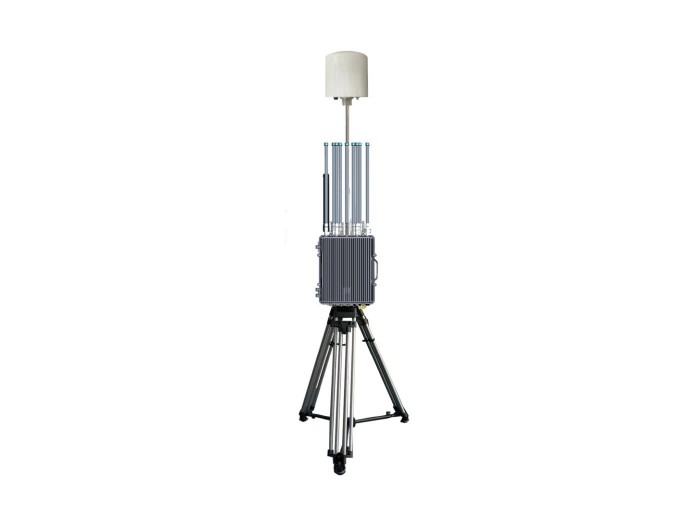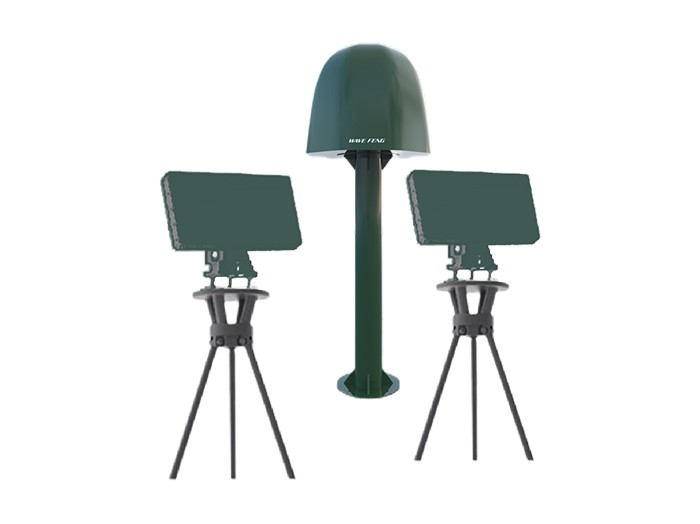Drones, a product of modern technology, are now flying around in the sky. In addition to delivering express deliveries and taking beautiful photos, they can also make us wonder if your downstairs neighbor is monitoring you in the sky. With the rapid development of drone technology, this thing has not only become a magical tool for creating romance, but also a security threat that must be prevented. Whether it is the government, enterprises or individuals, mastering the method of countering drones has become a must. This article will analyze in detail how to counter the threat of drones and provide a series of practical and professional suggestions to ensure that you will not be intimidated by the "little wings" of drones in the imagined doomsday.
1. Birds vs. drones: modern version of aerial cockfighting
Don't underestimate the sparrows and pigeons you see in the park. Believe it or not, trained birds can become a magic weapon to counter drones. Dutch police once used eagles to catch illegal drones, which is not only handsome but also environmentally friendly. It takes professional trainers and time to operate this trick. A more realistic approach is to upgrade the outdated "balloon army" and let them interfere with the flight path of drones. This low-tech method is not modern, but it is really useful sometimes.
2. Laser beam: Let drones taste the taste of light
If you prefer high-tech solutions, then laser beams may be your favorite. Laser weapons can effectively destroy the sensors of drones or even directly shoot them down. Its advantages are fast and remote control implementation, but its disadvantages are expensive and require a suitable launch platform. However, even if you can't afford a defense-grade high-power laser, there are still some relatively cheap personal laser devices on the market to choose from.
3. Electronic interference: Make drones lose their sense of direction
Electronic interference devices can send out fake signals or interfere with drones receiving GPS positioning and remote control signals, making them unable to operate normally or crash directly. The working principle of these devices is a bit like "tampering with the signal of Teletubbies". However, implementing electronic interference requires a certain amount of technical knowledge, rather than simply pressing a button. Interference devices may need to be approved by law because they may affect other legal radio communications.
4. Anti-drone network: "net" the drone
In recent years, a specially designed anti-drone network has gradually become popular. This capture method is similar to the way our ancestors hunted wild animals, except that the target is replaced by drones. The anti-drone network can shoot a net at the drone in the sky through a transmitter, tie it up and let it land slowly. This method is not only physically effective, but also reduces the damage to the ground after the drone falls.
How to counter the threat of drones? Practical methods and professional advice
5. Drones against drones: fight poison with poison
Using drones to fight drones sounds like a science fiction plot, but in fact several companies have developed special anti-drone drones. These anti-drone drones capture targets through automatic tracking systems and then intercept them in various ways, such as collisions or placing net bags. The advantage of this method is that it is highly accurate and automated, but the cost is relatively high.
6. Establish a drone restricted area: use the law as a shield
Legal means are always a "shield" worth relying on. By establishing a drone no-fly zone and severely punishing violators, the threat of drones can be controlled at the source. This requires supervision and strict enforcement by government departments, and the public should also be aware of the importance of complying with regulations. Whether it is around airports or important infrastructure areas, setting up clear no-fly zones is one of the first steps to counter the threat of drones.
7. Establish an early warning system: be prepared for danger in times of peace
Prevention is better than remediation. Establishing a drone early warning system allows you to detect potential threats in time. Advanced drone detectors use technical means such as radar, acoustic sensors and radio frequency detection to sound an alarm at the beginning of drone intrusion. This system can not only identify drones, but also infer their potential purpose by analyzing their flight trajectory.
Conclusion
The threat of drones may seem unfathomable, but by understanding and applying a variety of countermeasures, we can completely gain the upper hand in this "war in the void". Whether you are a government organization, a company or an individual, you can find a response strategy that suits you from these practical methods. I hope this article can help you find inspiration and confidence to fight against drone threats while relaxing. The next time a drone suddenly "visits", you can respond confidently instead of being at a loss.
















